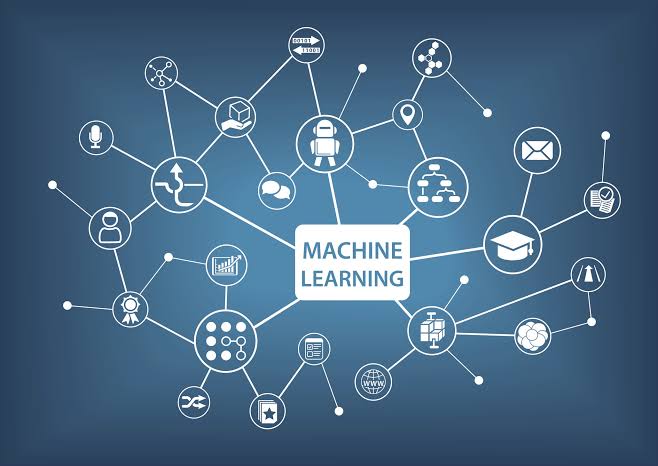Sometimes it’s hard to elucidate the doubts that machine learning algorithms themselves stir in relation to ethics, fairness, and biased computing. But, the very science that many data analysts feel can be made to take biased decisions actually has the answer to every question raised in this regard. It’s the fine specialization of unsupervised machine learning that are finding their foot in the larger picture of Automated Information embedding and analytics.
In this article, we will explore the basic differences between Supervised Learning (which for a wide variety of reasons, has found itself muddled in the pool of biases and unfair analytics), and Unsupervised Learning.
Let’s start at…
What is a Supervised Learning Algorithm?
A supervised machine learning model is a scientific approach to provide an output whose boundaries are already known but needs to be applied for testing the degree of accuracy. It tends to learn from a supervised data set. A majority of the machine learning algorithms are supervised models by nature.
Let’s understand this mathematically —
Let’s assume, we have the input variables – (a), and the output variable (B).
In a simple mapping function to describe the relation, a supervised machine learning model would be represented as follows:
B = f(a)
By knowing the various ranges of (a), analysts can determine the output variables of the data as (B). Supervised Machine Learning models come into picture when there are billions of input variables, and has many output options, with accuracy and closeness to the correctness, are important to the results. These techniques are used to train machine learning models used in SVM development.
What is SVM?
Most beginners in a machine learning training course begin their journey with the Regression techniques. Somewhere down the line after days of learning supervised training of data sets, you will come across the topic of Support Vector Machine (SVM) — a supervised training concept that can be applied to Classification as well as Regression complexities.
The best aspect of SVM is its easy application in Python and R domains– as it’s also available within the scikit-library for predictive analytics, object recognition, computer vision, and voice search.
What is Unsupervised Machine Learning?
In contrast to the supervised machine learning, unsupervised versions use unlabeled data sets to extract answers that nobody knows about. It’s like shooting in the dark, but seeking answers that would help understand the real value of the unlabeled data and then “labelize” or “templatize” the data sets for future analytics.
In an unsupervised machine learning training course, one has to master the Deep Learning concepts, where the ML trainers are handed over unlabeled datasets and then asked to test and experiment various output fields without specifically focusing on the desired results.
ML Trainers use one or all of these data grouping techniques to train their unlabeled data set:
- Clustering
- Anomaly Detection
- Data Associations
- Auto-encoders
What are Autoencoders?
An encoder is a very important component in the machine learning training course. An encoder is part of any neural networking model that helps to code and decode hidden data. An autoencoder is an AI-based neural networking concept used in data mining and data compression processes to “blackout” signal noise. Autoencoders are used to declutter or reduce noise, and then reconstruct the data that is useful in the final analysis.
Autoencoders in unsupervised machine learning models are used in complex applications related to face recognition, face regeneration, drug discovery, and neural machine translation/ linguistic translations.
Training for Depth, Fairness, and Accuracy
While supervised / unsupervised machine learning takes care of the fairness and accuracy aspects of working with data — what about depth?
Data Scientists and AI Engineers jointly develop a middle ground to understand the ‘depth’ of unlabeled datasets whose output has to accurate and unbiased. It’s achieved through semi-supervised learning algorithms.
Scientific evidence into depth architecture is resultant of pre-training unlabeled data sets using multi-layered autoencoders.
Some of the best examples of these three streams coming together are:
AR VR rendition
- 4k Video and Audio Description
- Google Translate
- Alexa Voice Search connected to In-car Assistant
- Face Recognition and Regeneration, used in mummy studies and digital forensics
- Auto-tagging of unlabeled images
- The semantic search of text content in various languages
Jointly training with supervised, unsupervised, and semi-supervised machine learning enables ML teams to not only reduce noise and retrieve information but also used to approximate the high-dimensional Big Data to the closest desired results.
